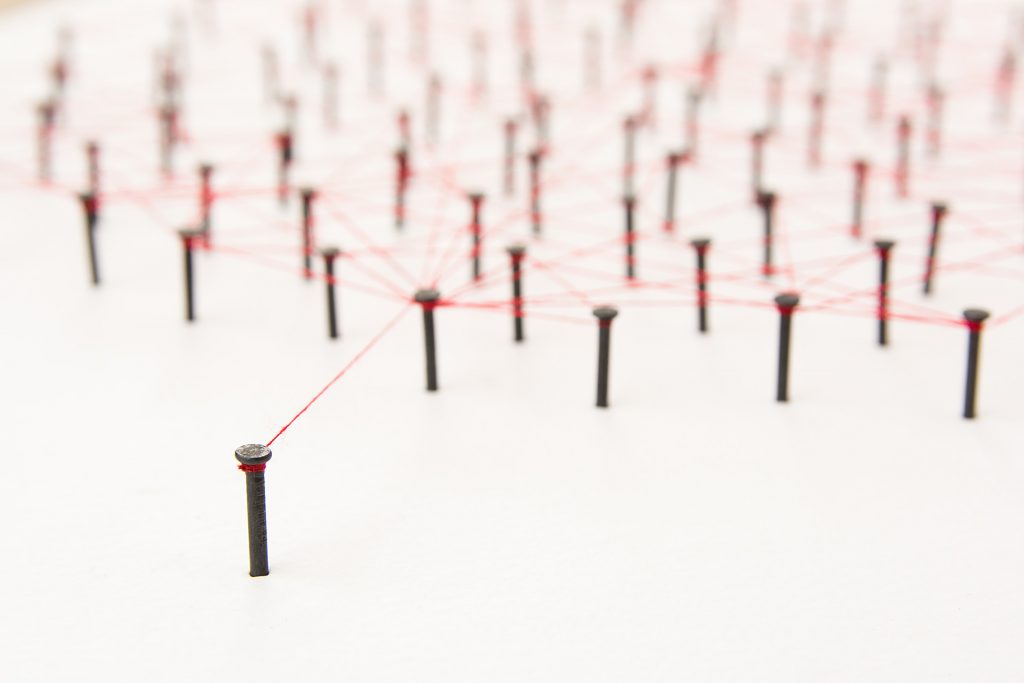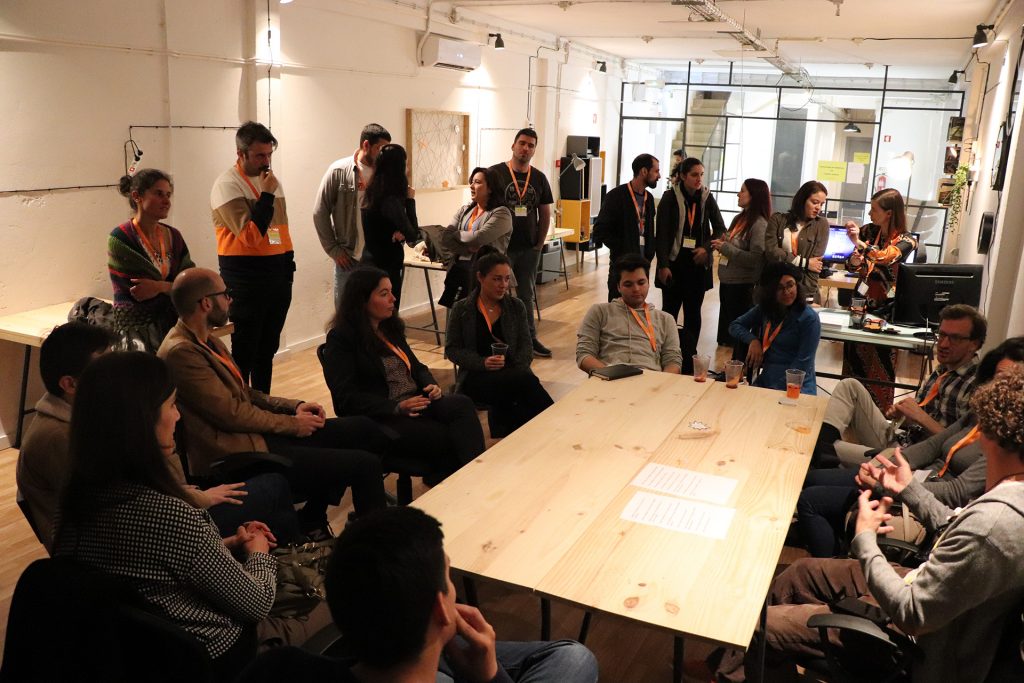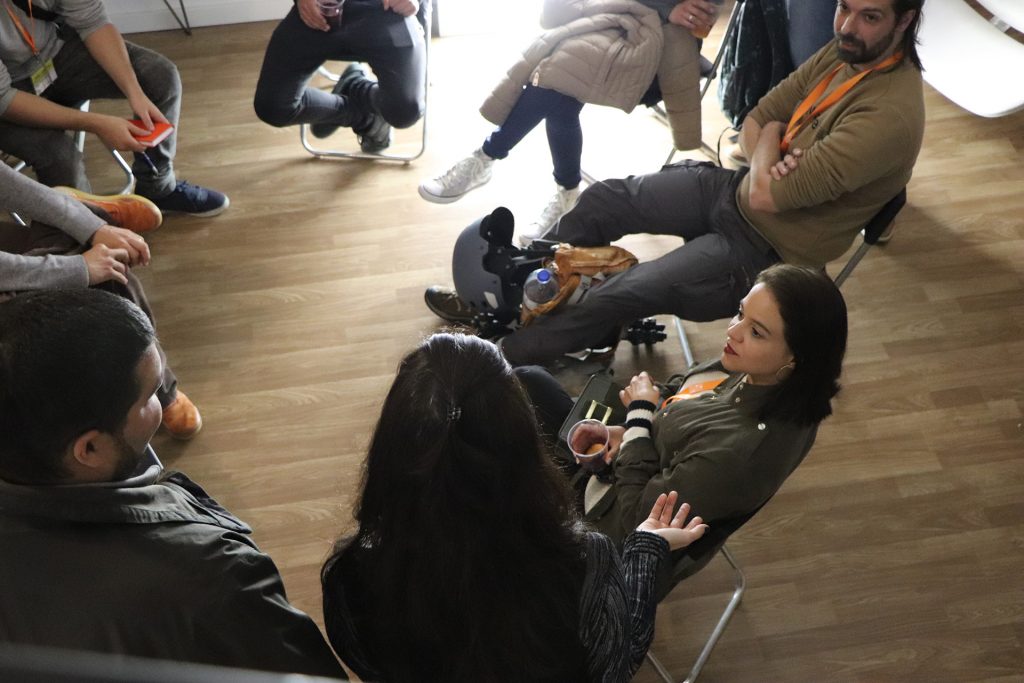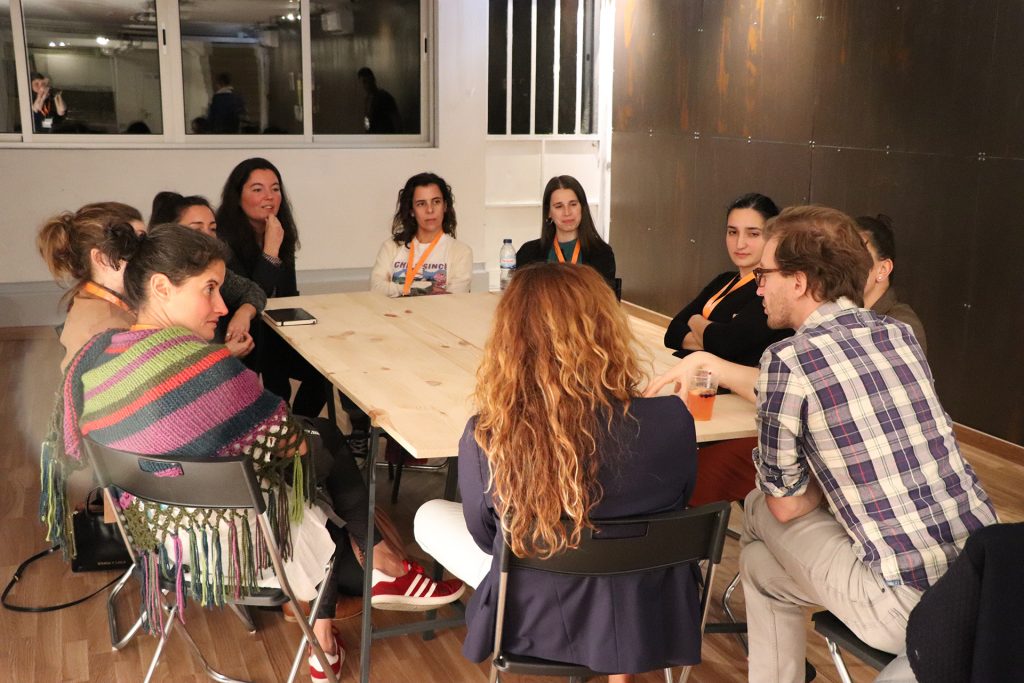
You’ve heard of networking a thousand times, you know it’s important, it can change your career and your life for the better. You’ve probably been to a lot of networking events and exchanged business cards, too. You might even have a drawer full of those business cards waiting for a day when they’ll come in handy, a day that will never come. Because a business card from someone you talked to for 5 minutes 3 months or 1 year ago is as relevant as going to Google and search for the service you need and choosing anyone who comes up in the results. By the way, Google search might even be more useful, because you can see other people’s rating before you choose.
You know that’s not how you network and you want to improve your skills in that field, that’s why you’re reading this article. You’ve read several lists of the 5 or 7 right steps to network successfully. The lists feed our natural tendency to want a quick fix for everything. They give us the impression that we can create ‘express relationships’ and get benefits quickly, and even if that’s not what it says there, we don’t read them very throroughly because we’re in a hurry.

Additionally, creating a network of connections sounds like a mechanical and repetitive task,which makes us want to create a checklist and put a tick next the names of people we know, as if the work was done at the moment you meet them.
The steps, as a general rule, do not differ much from one list to another: the goal is to create a network of contacts, do not focus on what you want, listen actively more than you talk, ask questions, help others before you ask them for help, relate to people inside and outside your professional circle, send a follow-up email the following week, etc.
It’s all good advice, but not always the most practical or easy to implement. If you’re new to the art of networking, some of these steps may seem impossible or even ridiculous, impractical.

The same thing happened to me, especially in relation to the points: start a conversation with someone I don’t know, help others and send a follow-up email. Helping others? How?wondered. Who am I to help a CEO of a large company, a marketeer with years of experience, a renowned photographer? And send a follow-up email? Saying what? It was nice meeting you? I’ve never received an email like that, have you? These questions confused me a lot and I devoted myself to researching more and more, until I found an answer that made sense to me. It wasn’t easy, I must admit. Most publications don’t go beyond ‘do it’, and don’t explain how to do it.
Fortunately, I found this Hustle Summit article with 26 ways you can network by helping others and, because of it, suddenly, all the articles I’d read about networking made a lot more sense. Those made up phrases, such as ‘create a relationship with someone else’, became real. And I realized that helping others can be a lot simpler than I thought,as you will see further along in this article.
Moving on to my three main questions:
When you meet someone new, you’re in the same boat as that person,whether you’re both at a certain event or in line at the supermarket. That common ground gives you an easy start to the conversation: you can talk about the event, the organization, ask something about what the person is eating, drinking or buying. Break the initial ice with something simple that is of interest, even if vaguely, to both.
After that moment, the best way to keep the conversation flowing is to ask someone else about themselves (people love to talk about themselves, and the more you can learn about the person and their work, the easier it is to get a topic to talk about and to find how you can help them).
Don’t turn the conversation into an interrogation: ask, listen, comment, let the conversation flow Assuming that you get along with each other, ask the person for their business card so you can keep in touch.
If you need more tips on how to start networking, even if you’re shy, read this Cio article, with 17 tips for shy people to network..
Now that you’ve met the person and have their contact, write down the information that seems relevant to you as soon as possible, so it’s easier to carry on to the second part.
Helping someone else doesn’t have to be complicated. ou can do things as simple as:
All of these are ways to help and keep in touch over time. Don’t do them all at once: build your relationship little by little.By doing these different things, the person will feel compelled to do something for you too. After all, that’s how friendships work, isn’t it?
I don’t have to say anything else about this topic, right? Your follow-up is going to be to to send some information that is of interest to the other person, such as:
‘At event X, we were talking about Y and I found Z, that I thought would interest you. What do you think of this and that?’
Or
“At event X, you said you were having Y problems. I know person Z who can give you a hand with that. I talked to them and they are available for a coffee. When are you free?’
Or
‘At event X, you said you worked in Y. I’d like to talk more about it, to see if we can collaborate on project Z. What do you think about that?’
Now that networking has been reduced to three simple steps to build a friendship relationship,it became much more accessible and less intimidating, right?

We can, therefore, conclude that networking is not something fast, it is not about express relationships and you cannot put a tick on your to-do list after you leave a networking event, because nothing got done there: it’s only starting. You’re not going to change your life after one or ten networking events, and it is not about getting to know the largest number of people in the shortest amount of time. Events open the door for you to meet new people, but whether or not you get to know them and create some kind of relationship with them is up to you. Relationships take time to develop and require dedication.
How is networking for you? Give your opinion in the comments.